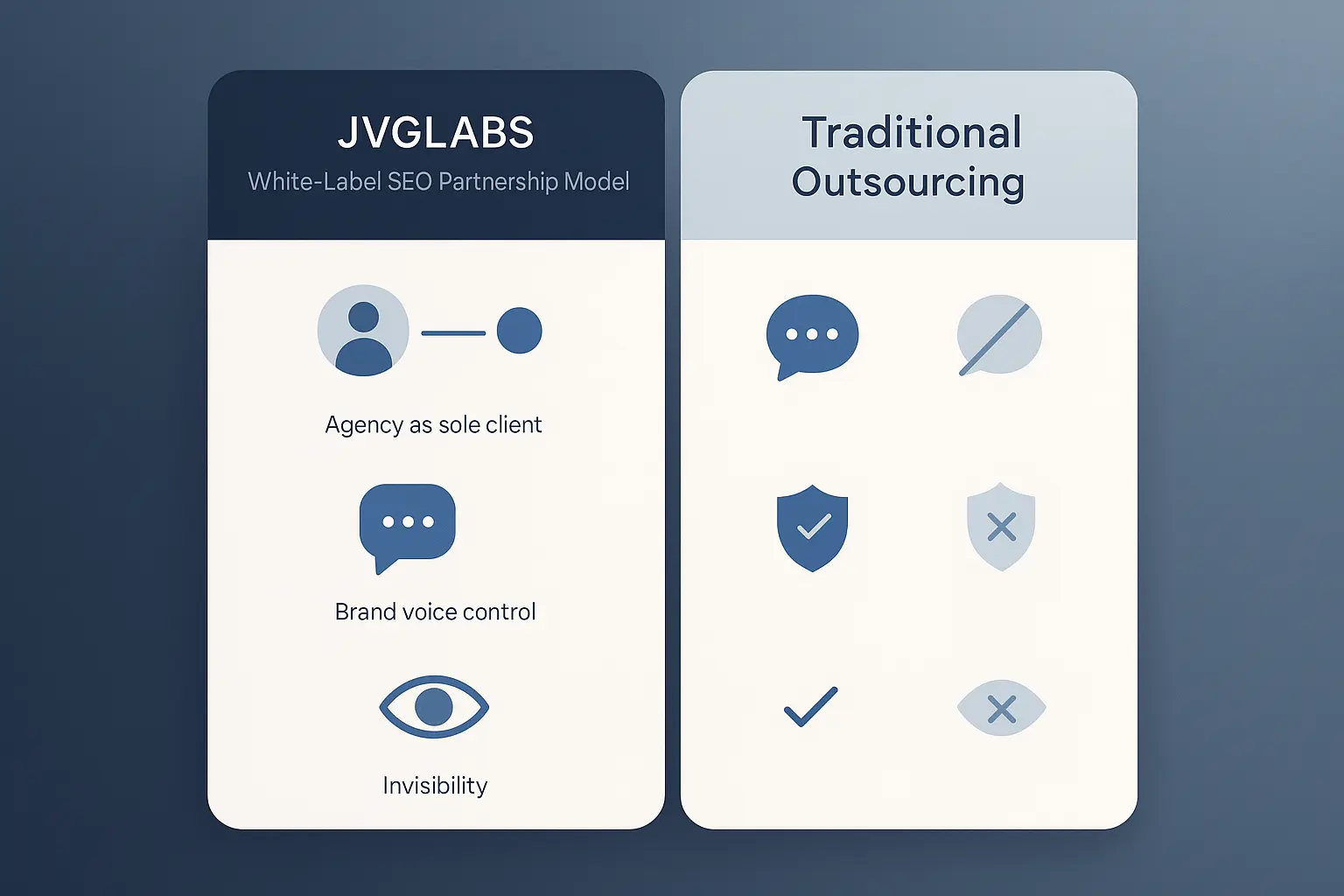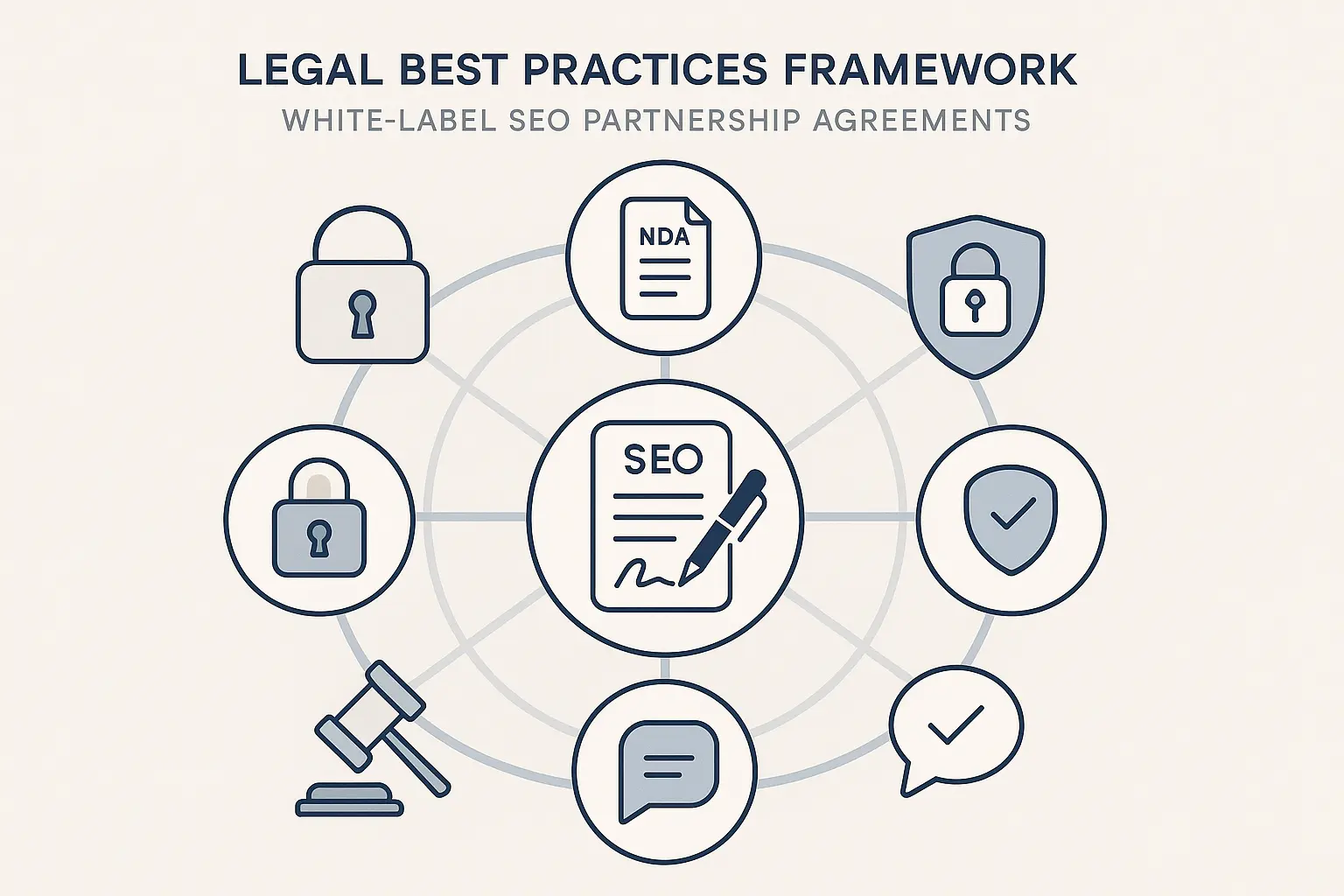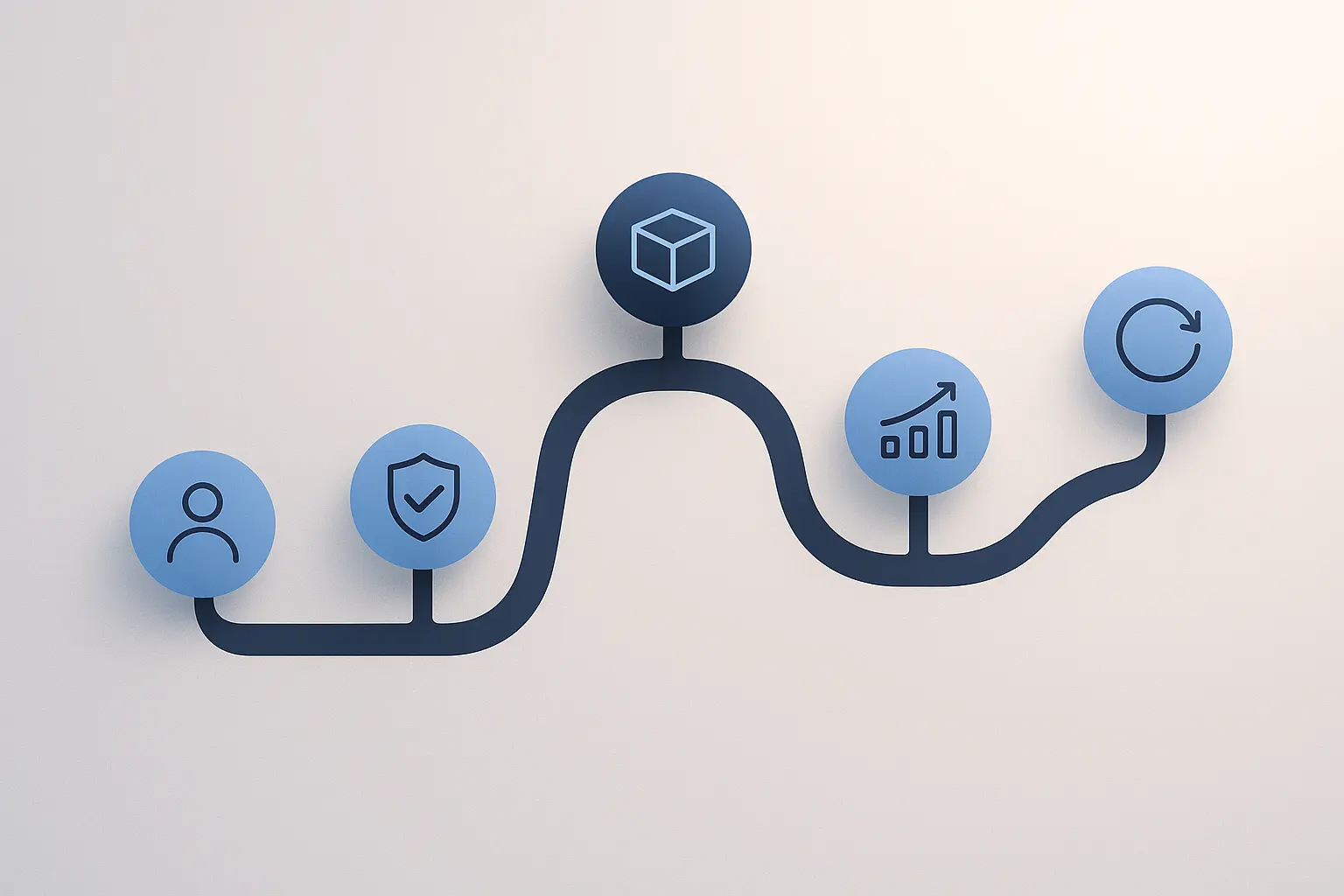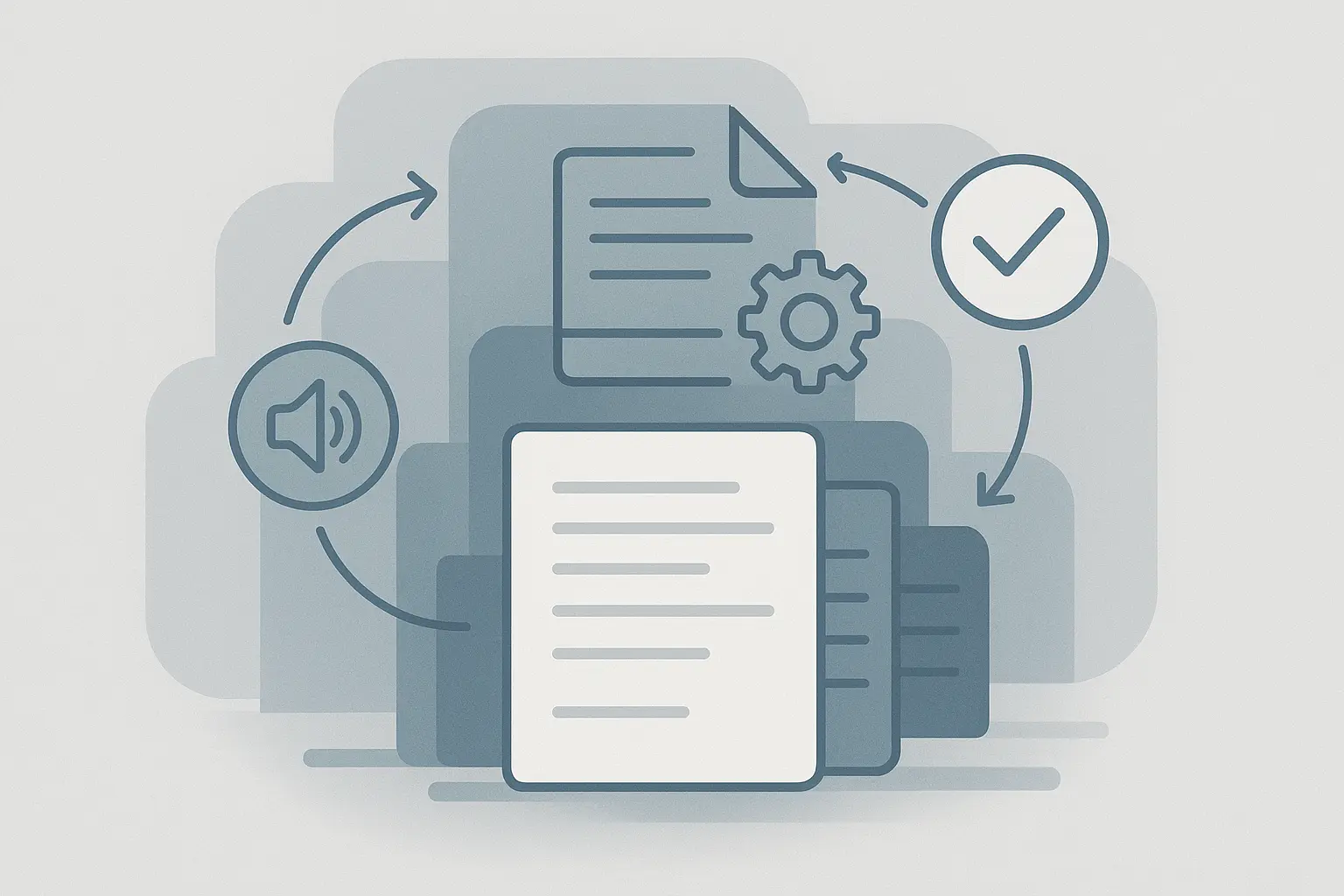The Agency’s Dilemma: How to Scale SEO Without Sacrificing Client Control
You’ve hit an inflection point. Client demand for SEO is growing, but your capacity is stretched thin. The thought of turning away new business is painful, but the alternative—outsourcing—feels like a high-stakes gamble.
It’s not the execution you’re worried about. It’s the control.
How can you trust an outside partner with the client relationships you’ve spent years building? How do you uphold your brand’s voice and standards when you’re not the one doing the work? This isn’t just a logistical challenge; it’s an existential one.
These fears are common. Research confirms the primary concerns for agencies considering outsourcing are loss of control, poor quality work, and communication breakdowns.
This guide tackles that dilemma head-on, providing a clear framework for evaluating and managing an SEO partnership that doesn’t just protect your brand integrity—it strengthens it. You’ll learn how to scale your agency’s SEO services while remaining the sole authority and point of contact for your clients, turning a potential risk into your greatest competitive advantage.
Chapter 1: The Control Framework: A 5-Point System for Maintaining Authority in an SEO Partnership
The biggest mistake agencies make is viewing an SEO partnership as a simple handoff. A successful white-label relationship isn’t about delegation; it’s about integration. You need a partner who operates as an extension of your team, not a separate entity. This requires a system built on transparency and alignment, where you hold the keys at every critical juncture.
A true white-label SEO partner operates invisibly, making you the hero. Their systems should be designed to give you more control, not less. This means clear communication channels, detailed reporting under your brand, and a process that places you firmly in the driver’s seat of the strategy.
At a glance: Compare how JVGLABS preserves agency control and brand integrity versus typical outsourcing, making your decision transparent and confident.

Here’s a five-point framework to ensure you maintain complete authority:
-
Centralized Communication: All communication should flow through you. The partner must never contact your client directly. Insist on a dedicated account manager and a shared communication channel (like Slack) for real-time updates and questions.
-
Branded Deliverables: Every report, audit, and piece of content must be 100% white-labeled with your agency’s branding. Your client should only ever see your name and logo.
-
Strategic Approval: You must have the final say on the core strategy, including keyword targets, content topics, and link-building approaches. The partner executes, but you direct.
-
Transparent Reporting: Demand access to a dashboard providing real-time progress. While the data should be transparent, its interpretation and presentation to the client must come from you.
-
Defined Escalation Paths: Know exactly who to contact for what, from minor queries to urgent issues. This prevents confusion and ensures you always have the answers your client needs.
Adopting this framework shifts the dynamic from a vendor relationship to a true partnership, where the outsourced team amplifies your agency’s capabilities without ever compromising your client relationships.
Chapter 2: Your Brand, Your Voice: How to Ensure Brand Consistency in Outsourced SEO Content
Nothing erodes client trust faster than inconsistent brand messaging. When you outsource content creation, you’re entrusting a core part of your client’s identity to a third party. Getting it wrong can damage both your reputation and the client’s brand.
The key to preventing this is codification. You can’t expect a partner to intuit your client’s brand voice; you need to provide them with a comprehensive, yet concise, brand voice and style guide for every project. This isn’t just about logos and colors; it’s about the nuances of communication.
A structured visual framework ensuring your brand’s voice remains consistent and authoritative in all SEO content delivered through white-label partnerships.
Your brand guide should include:
-
Audience Persona: Who are we talking to? What are their pain points and motivations?
-
Tone of Voice: List 3-5 adjectives (e.g., “authoritative, but approachable,” “professional, not corporate”) and provide examples of what to do and what to avoid.
-
Key Messaging & Value Propositions: What are the core messages that must be reinforced?
-
Industry Jargon: What terms are acceptable? Which should be avoided or explained?
-
Formatting Rules: Guidelines on using headings, bullet points, bolding, and other stylistic elements.
A professional white-label SEO partner will not only welcome this guidance but insist on it. It’s a sign of a mature process that prioritizes quality and client satisfaction over pure volume.

Chapter 3: The Legal Side of White-Labeling: Best Practices for a Bulletproof Partnership Agreement
When your reputation is on the line, a handshake agreement simply isn’t enough. A comprehensive legal agreement is the foundation of a secure partnership, protecting you, your client, and your partner by setting clear expectations and defining responsibilities.
Your white-label agreement should be more than a standard service contract. It needs to address the specific nuances of an invisible, third-party relationship.
A visual blueprint of essential legal safeguards to protect your agency and clients in white-label SEO partnerships.
Look for these essential clauses in any agreement you sign:
-
Non-Disclosure Agreement (NDA): This is non-negotiable. The partner must be legally bound to keep your client’s information, your business practices, and the nature of your partnership confidential.
-
Strict White-Label Clause: The agreement must explicitly state that all work is performed on a white-label basis, that the partner will have no contact with the end client, and that they cannot claim credit for the work.
-
Service Level Agreement (SLA): This defines the specifics: expected deliverables, timelines, and quality standards.
-
Intellectual Property (IP) Rights: The contract should clearly state that all work product created for your client—content, reports, strategies—is the exclusive property of your agency and your client upon payment.
-
Clear Termination Clause: This outlines the process and terms for ending the partnership, ensuring a smooth transition if necessary.
A partner who provides a robust, transparent agreement from the outset demonstrates a commitment to professionalism and your agency’s security.

Conclusion: The Safest Way to Scale: How JVGLABS Puts You in Control
With the digital marketing outsourcing market projected to grow at an 11.4% CAGR through 2034, SEO remains one of the most in-demand services. The pressure to scale is real, but it doesn’t have to come at the cost of your brand or client relationships.
The solution isn’t to avoid outsourcing but to approach it with a framework that puts you in absolute control. By choosing a partner built exclusively for agencies—one that prioritizes invisible integration, brand consistency, and legal security—you can transform outsourcing from a risk into a strategic growth lever.
JVGLABS was founded on a “white-label first” principle. Our entire model, from our AI-powered SEO automation to our communication protocols, is designed to make you the hero. We operate as your invisible SEO department, giving you the capacity to scale profitably while you focus on what you do best: strategy and client success.
See the clear path to scaling your agency safely with JVGLABS’ partnered SEO approach, guiding your brand every step of the way.
Ready to scale your SEO services with confidence? Let’s talk about how we can build an invisible partnership that puts you in control.

Frequently Asked Questions
-
How do you ensure the quality of the SEO work is up to my agency’s standards?
Quality assurance is built into our process. We start with a deep dive into your standards and client goals. Every deliverable, from technical audits to content briefs, passes through a multi-point check by our expert strategists before it ever gets to you. You have final approval on all major strategic decisions, ensuring the work always aligns with your vision. -
What happens if my client asks a technical SEO question I can’t answer?
This is a common concern, and our model is designed to solve it. You’ll have a dedicated communication channel with our SEO strategists. You can get a clear, concise answer—which you can then relay to your client—often within minutes. We provide the expertise in the background so you can be the expert in the foreground. -
How is JVGLABS different from hiring a freelancer or another white-label provider?
Unlike freelancers who may juggle direct clients or large “productized” services that lack a personal touch, JVGLABS is built exclusively for agencies. We are not a competitor. Our success is 100% tied to your success.
Our unique blend of AI-driven automation for efficiency and expert human oversight for strategy provides a level of scale and quality that other models can’t match. Our entire workflow, as detailed in our guide on how JVGLABS works, is structured around making your agency shine. -
Can I really offer a full suite of SEO services if I don’t have an in-house team?
Absolutely. That’s the core benefit of our partnership. You can instantly add a comprehensive suite of omnichannel growth SEO services to your portfolio—from technical SEO and content to link building and local SEO—without the massive overhead of hiring and training an in-house team. We handle the execution, you expand your offerings and grow your revenue. -
How quickly can we get started?
Our onboarding process is designed to be fast and seamless. We can typically get a new partnership up and running in a matter of days. We start with an alignment call to understand your agency, your processes, and your first client’s needs. From there, we integrate into your workflow and begin execution, allowing you to start delivering results almost immediately.

